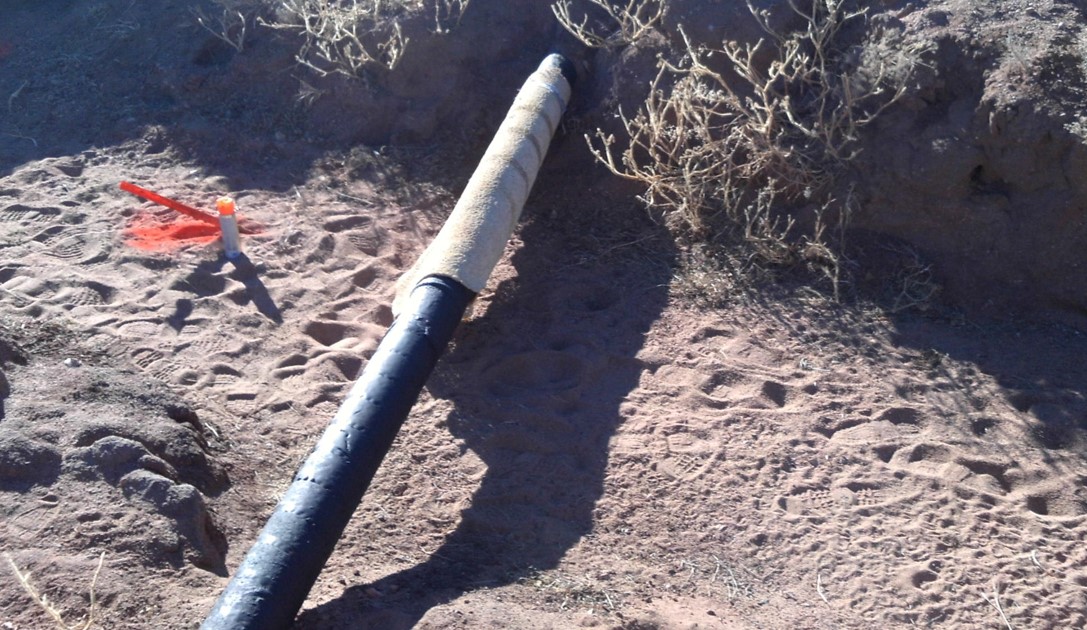The U.S. has over 2.5 million miles of pipelines crisscrossing the country. As existing lines grow older, critics warn that the risk of accidents could increase. Many pipelines transport petroleum products and natural gas. Some pipelines transport other hazardous products such as chemicals, highly volatile liquids, anhydrous ammonia, and carbon dioxide. Exposure to these products can be harmful if inhaled and can cause eye and skin irritation and difficulty breathing.
While states with the most pipeline mileage (Texas, California, and Louisiana) also have the most incidents, breaks occur throughout the network of pipelines. Since 1986, pipeline accidents have killed more than 500 people, injured over 4,000, and cost nearly seven billion dollars in property damages, according to a heavily research article by ProPublica.
Even in the face of those statistics, pipelines are a safe way to transport fuel and a far better alternative to tanker trucks or freight trains. Based on fatality statistics from 2005 through 2009, oil pipelines are roughly 70 times as safe as transporting those volatile chemicals via truck. However, when a pipeline does fail, the consequences can be catastrophic.
Fortunately, pipeline accidents are extremely rare. Pipeline companies undertake many prevention and safety measures to ensure the integrity of their pipeline systems. A particularly dangerous situation can occur if an underground pipeline is exposed due to erosion or river scour.
Scour can occur gradually during floods or just due to the normal ebb and flow of river tides. Construction or other changes upstream and downstream of a pipeline crossing can influence river flow and increase scour. Once the pipeline is exposed, debris in the flowing water can directly impact the pipeline, resulting in failure of the pipeline crossing. Also, an exposed pipeline may experience increased vibration due to the flowing water.
Submar’s articulated concrete revetment mats help fight erosion or river scour and prevent exposed pipelines from ever becoming an issue. Our mats help to mimic the riverbank, promote the growth of natural plants and trees, restore the slope, and guard against pipeline exposure.
To learn more, see our projects page.


